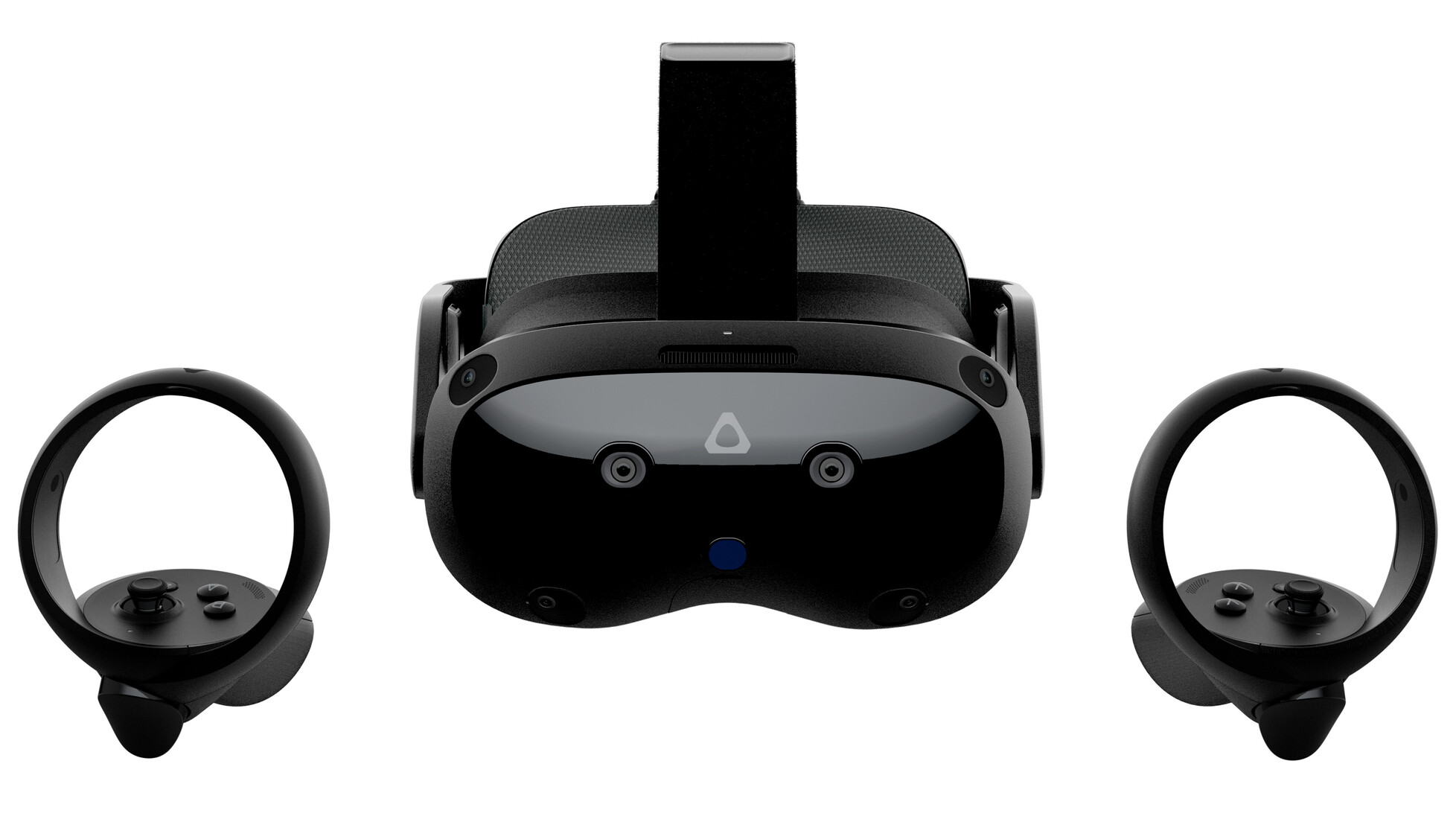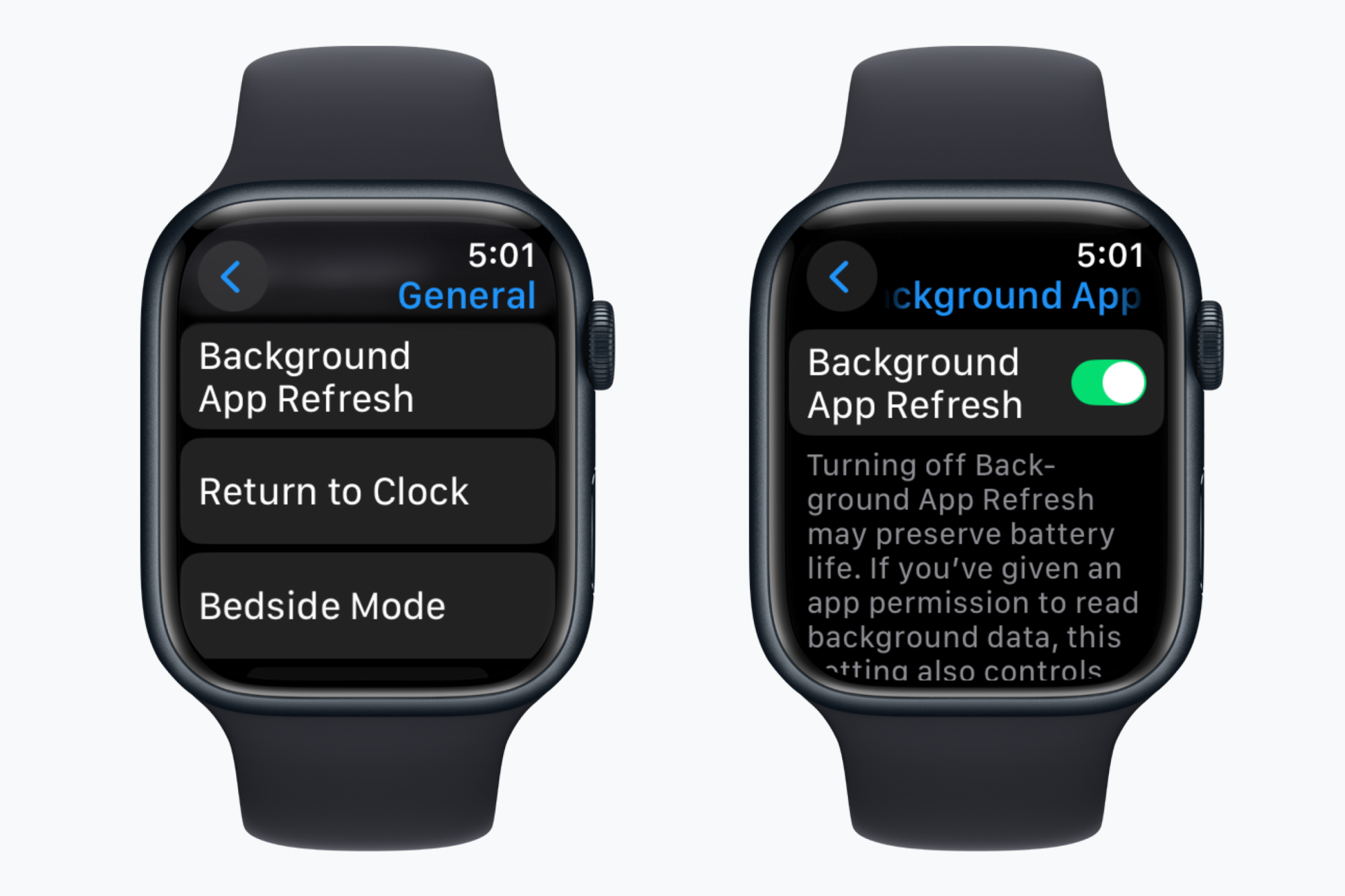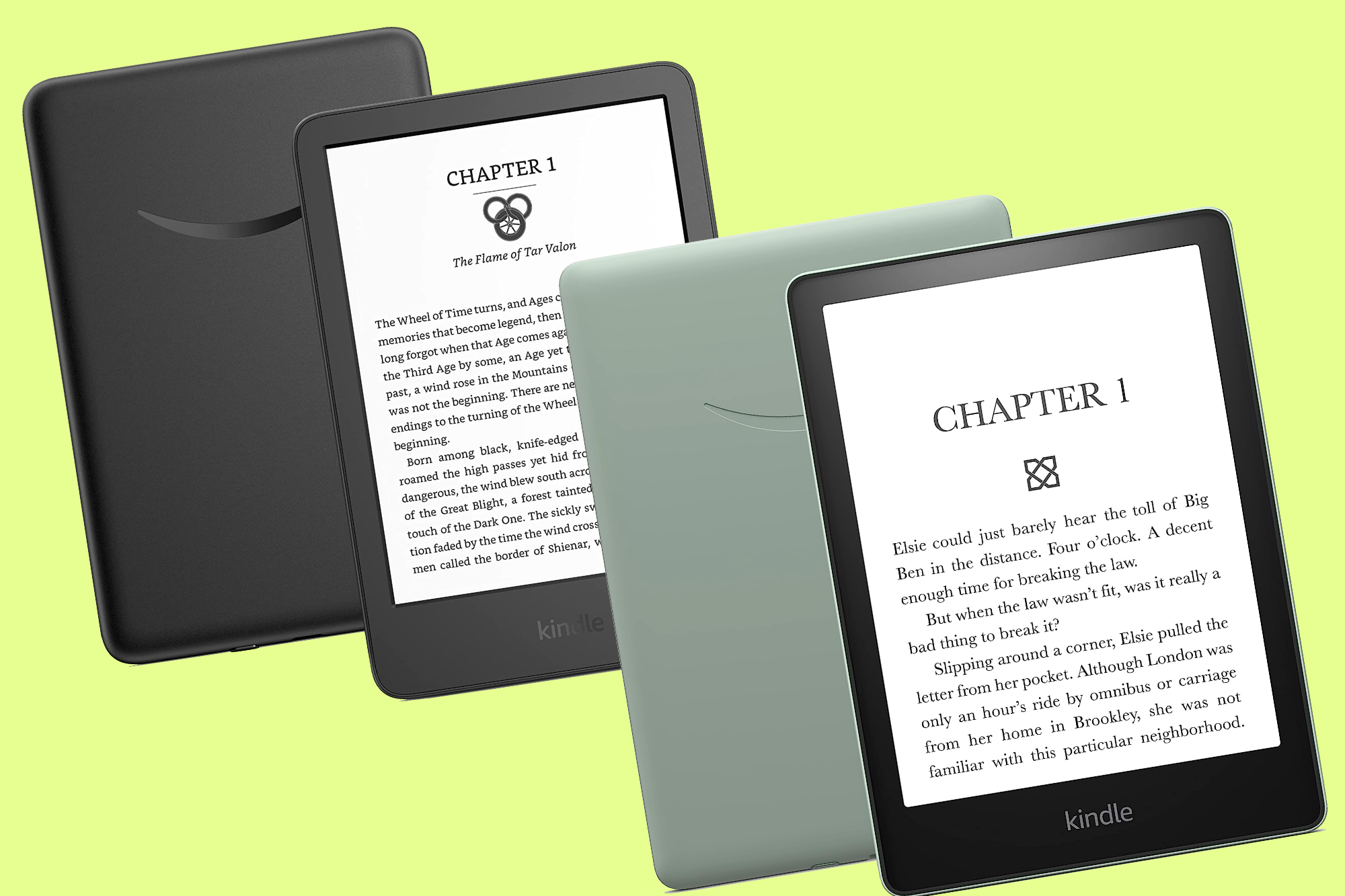The HTC Vive Focus Vision is a standalone VR headset that was released in 2023. It boasts a premium design, high-resolution displays, and advanced features like eye-tracking and hand-tracking. However, despite its impressive specs, the Focus Vision falls short in terms of performance, particularly when compared to its main competitor, the Meta Quest 3.
This review will delve into the specifics of the HTC Vive Focus Vision, exploring its strengths and weaknesses. We’ll examine its design, display, performance, features, and software, providing a comprehensive analysis of whether this headset lives up to its premium price tag.
A Closer Look at the HTC Vive Focus Vision
The HTC Vive Focus Vision is a standalone VR headset aimed at both consumers and businesses. It’s designed to be used without being tethered to a PC or console, offering freedom of movement and portability.
HTC is marketing this headset towards both consumers and businesses. For consumers, it offers a high-end VR experience with features like eye-tracking and hand-tracking. For businesses, it provides a versatile tool for training, simulation, and collaboration.
HTC is aiming to compete in the growing standalone VR market, offering a premium alternative to the Meta Quest series.
The HTC Vive Focus Vision was released in 2023.
The headset is available for purchase from HTC’s website and other online retailers.
Design and Comfort
The first thing you’ll notice about the Vive Focus Vision is its sleek and stylish design. It’s noticeably more premium-looking than the Meta Quest 3, with a sturdy build and comfortable fit. The headset is made of high-quality plastic and features a halo-style head strap that distributes weight evenly. The facial interface is also well-designed, providing a comfortable and secure fit.
One of the standout design features is the flip-up visor, which allows you to easily switch between VR and the real world without taking off the entire headset. This is a convenient feature for quickly checking your surroundings or interacting with people outside of VR.
- Premium build quality: The Focus Vision feels like a high-end device.
- Comfortable fit: The halo strap and facial interface provide good comfort for extended use.
- Flip-up visor: Convenient for quickly switching between VR and reality.
However, despite the comfortable design, the Focus Vision is a bit heavier than the Quest 3. This extra weight might become noticeable during longer VR sessions.
Display Quality: A Mixed Bag
The Vive Focus Vision boasts dual LCD panels with a resolution of 2448 x 2448 pixels per eye, offering a sharp and detailed image. The refresh rate is 90Hz, providing smooth visuals and reducing motion blur. While the high resolution is a definite plus, the display has some drawbacks:
- Limited field of view: The Focus Vision’s field of view is narrower than the Quest 3’s, making the VR experience feel less immersive.
- God rays and glare: Some users have reported noticeable god rays and glare, particularly in scenes with bright lights.
- Sweet spot: The sweet spot, where the image is clearest, is relatively small, requiring careful adjustment to get the best visual experience.
While the high resolution is impressive on paper, the limited field of view and presence of visual artifacts like god rays detract from the overall visual experience.
Performance: The Achilles’ Heel
The Vive Focus Vision is powered by the Qualcomm Snapdragon XR2 chipset, the same processor found in the Meta Quest 2. While this chipset is capable of delivering decent VR performance, it struggles to keep up with the demands of the Focus Vision’s high-resolution displays.
In standalone mode, the performance is adequate for simpler VR experiences and games. However, more demanding titles often suffer from noticeable frame drops and stuttering, impacting immersion and gameplay.
- Standalone performance: Adequate for casual VR experiences, struggles with demanding games.
- PC VR performance: Offers a wired connection for PC VR gaming, but requires a powerful PC to fully utilize the high-resolution displays.
The Focus Vision also offers a PC VR mode, allowing you to connect the headset to a PC via a DisplayPort cable. This provides a significant performance boost, but it also requires a high-end PC to take full advantage of the headset’s capabilities.
Eye-Tracking and Hand-Tracking: Promising but Flawed
The Focus Vision includes eye-tracking and hand-tracking features, which are designed to enhance immersion and interaction in VR.
- Eye-tracking: Enables foveated rendering, a technique that focuses processing power on the area where you’re looking, potentially improving performance and visual quality. However, the implementation in the Focus Vision feels somewhat limited, and its benefits are not always apparent.
- Hand-tracking: Allows you to interact with virtual environments using your hands, without the need for controllers. While the hand-tracking technology works, it’s not as accurate or reliable as controller-based input.
Both eye-tracking and hand-tracking are promising technologies, but their implementation in the Focus Vision feels somewhat underdeveloped. With further refinement, these features could significantly enhance the VR experience.
Software and Content: A Limited Ecosystem
The Vive Focus Vision runs on HTC’s Vive Wave platform, which offers a decent selection of VR apps and games. However, the content library is significantly smaller than the Meta Quest store, limiting your choices.
- Viveport: The Viveport store offers a range of VR experiences, but the selection is limited compared to the Quest store.
- Business-focused applications: The Focus Vision is also geared towards businesses, with a focus on training and simulation applications.
The lack of compelling exclusive titles and a smaller content library compared to the Quest platform is a significant drawback for the Focus Vision.
Is the HTC Vive Focus Vision Worth It?
The HTC Vive Focus Vision is a premium VR headset with a stylish design, high-resolution displays, and advanced features like eye-tracking and hand-tracking. However, its performance limitations, particularly in standalone mode, hold it back from being a true competitor to the Meta Quest 3.
Pros:
- Premium design and build quality
- Comfortable fit
- High-resolution displays
- Eye-tracking and hand-tracking capabilities
- Flip-up visor
Cons:
- Average performance, especially in standalone mode
- Limited field of view
- Noticeable god rays and glare
- Smaller content library compared to the Quest platform
- High price tag
Ultimately, the HTC Vive Focus Vision is a mixed bag. It offers a glimpse of the future of VR with its advanced features, but its performance and content limitations prevent it from reaching its full potential. If you’re looking for a premium standalone VR headset and are willing to compromise on performance and content, the Focus Vision might be worth considering. However, for most users, the Meta Quest 3 offers a more well-rounded and affordable VR experience.





